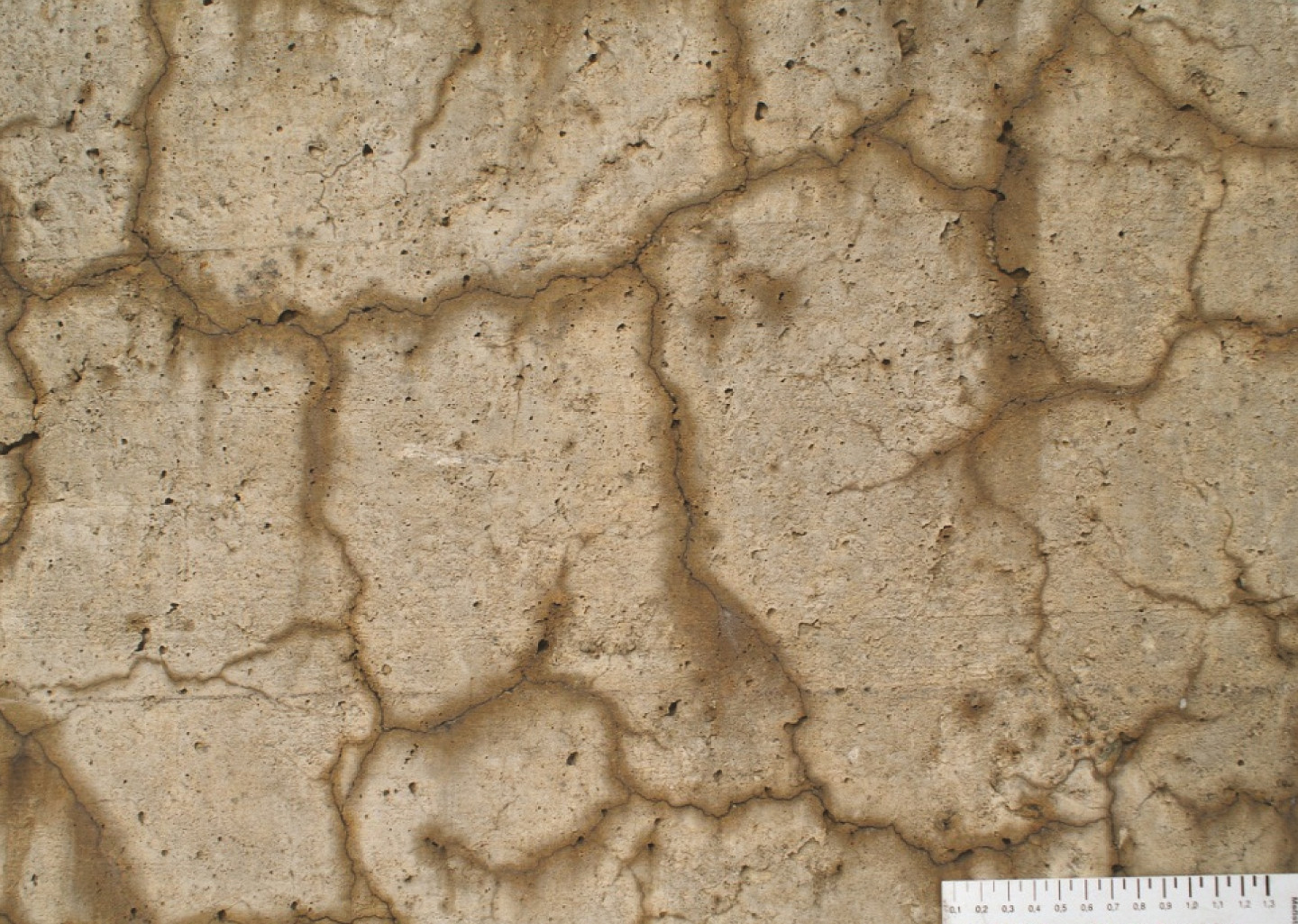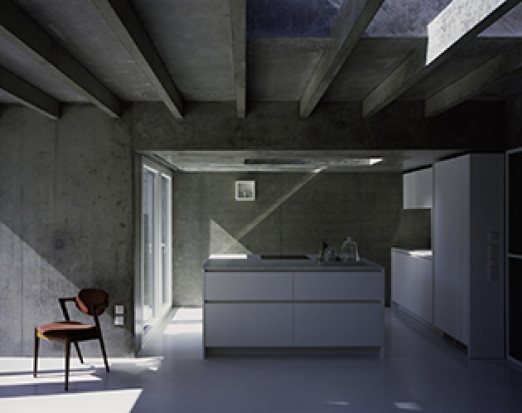While the chemical processes of concrete disease have been understood (Alkali-Aggregate Reaction) the actual structure has not been known until now. A collaborative project between researchers at the Paul Scherrer Institute, the largest Swiss centre for research natural and engineering sciences within Switzerland, and the Swiss Materials Science Lab, EMPA, has discovered a previously undocumented crystal structure.
Concrete disease, sometimes known as concrete cancer in the popular press, is the formation of a material within the concrete that expands and cracks it. If moisture enters the concrete, the alkali metals (such as sodium and potassium) react, creating an alkaline solution. The alkaline water then reacts with the concrete’s silicates (sand and gravel) forming alkali calcium silicate hydrate. This absorbs more water and cracks the concrete.
“Most structures currently suffering from AAR were built between the 1960s and 1980s,” explains Erich Wieland, Head of the Cement Systems Group at PSI. “The research community in Europe only became aware of the AAR problem in the 1970s.”

(The two PSI researchers Rainer Dähn and Erich Wieland at the Swiss Light Source SLS, where they studied the material changes in concrete that develop in the course of the alkali-aggregate reaction - AAR. Photo: Paul Scherrer Institute/Markus Fischer)
Well-known buildings with concrete diseases include include the BBC’s Pebble Mill studios in Birmingham (demolished in 2005), the 74,500-capacity Millennium Stadium, in Cardiff and the Hammersmith flyover in London.
“In principle, it’s possible to add organic materials to the concrete that are able to reduce the build-up of tension,” explains Andreas Leemann, Head of the Concrete Technology Group at EMPA. “Our new results provide a scientific basis for these considerations and could pave the way for the development of new materials.”



